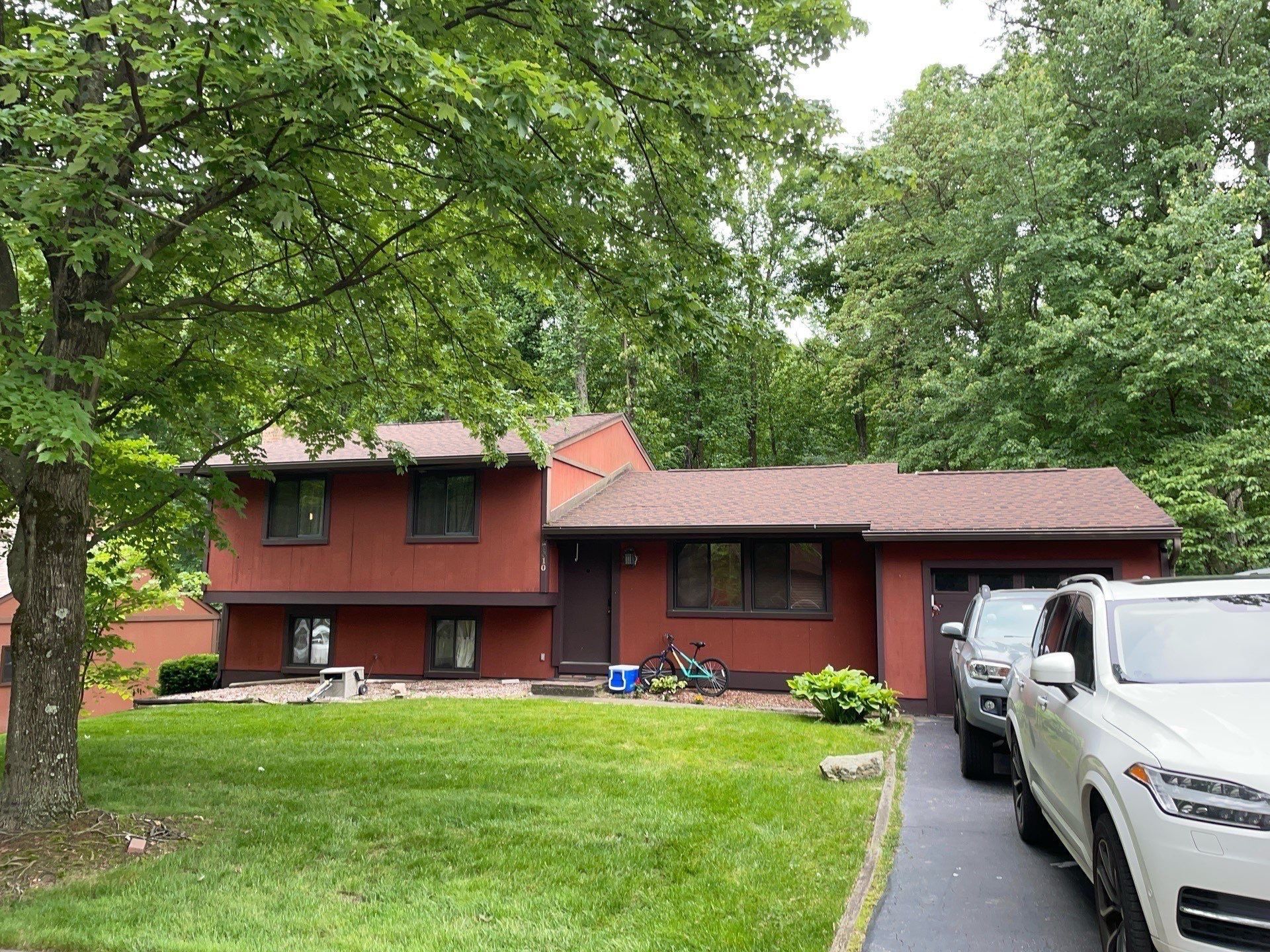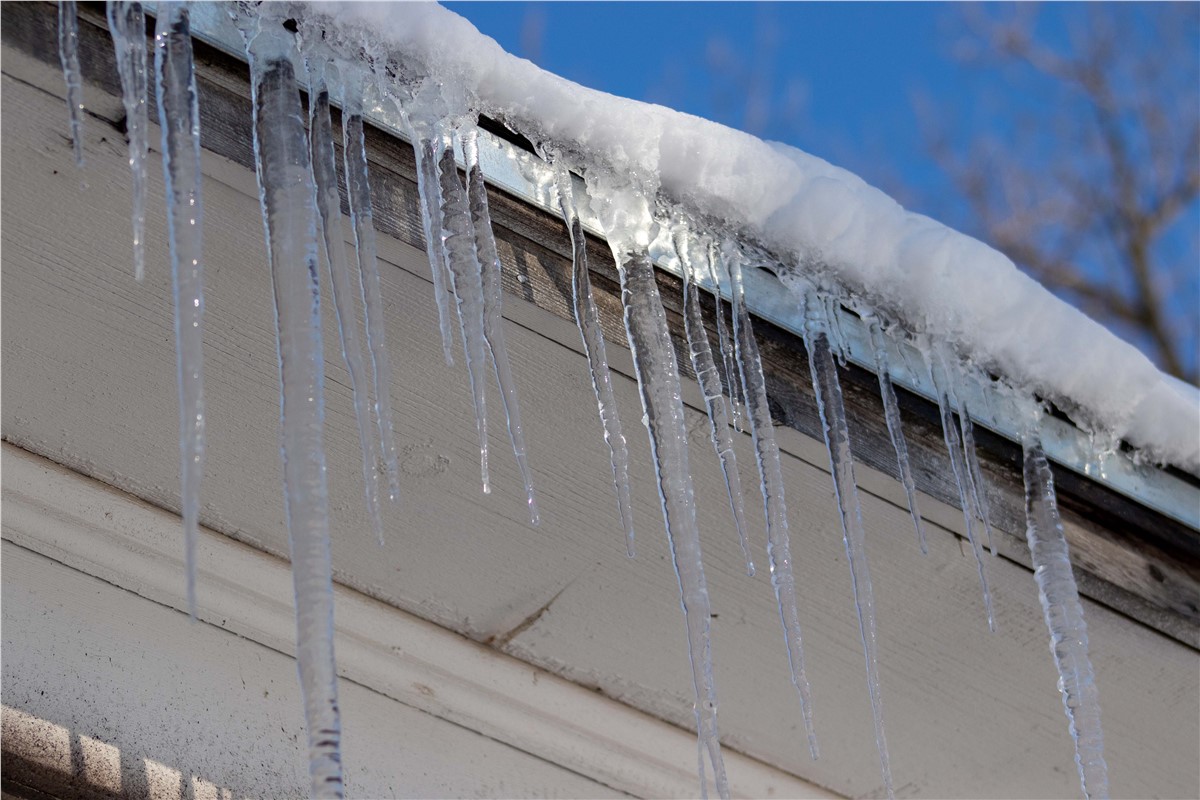Unfortunately, there is a popular myth when it comes to siding – that it is waterproof. Siding is not waterproof – water gets behind it and needs somewhere to go. If you look closely at vinyl siding, you’ll see small “weep holes” that are specifically designed to let water drain from behind your siding.
Why is this important? Well, when you pressure or power wash your house, you are applying a significant amount of water to your siding at high pressure. Too often, pressure washing is done from below, which means water is able to enter the weep holes, or even be forced between siding panels, around soffits and through small voids in overlapped siding. If your siding wasn’t installed correctly with a waterproof backing, all that water soaks into the exterior sheeting.
What’s Behind Your Siding?
Sadly, many houses, even those built in the past 10 years, do not have a waterproof wrap applied before siding is installed. And once the sheeting gets wet (most likely OSB or fiberboard, which absorbs water quickly), it stays wet and attracts insects, mold and other problems.
So while you are making one thing look good – your siding – you can actually damage a much more important component of your home. How do you know if you have a waterproof backing? The only way is to pull loose some of the siding and see. If you find bare wood, the best way to clean your house is with good old-fashioned elbow grease and a brush. Then lightly spray the area with a hose, working from the top down.
An even better solution is to upgrade your home with James Hardie® fiber cement siding, installed with a proper waterproof backing, and perhaps a layer of external insulation for even more energy efficiency.
If you’re not sure about your siding, the ability to pressure wash or your external sheeting under the siding, give [company_name] a call and we’ll be happy to talk with you about your current exterior and upgrade options. There’s no charge to talk with the experts in person! Call today.
Tags
Subscribe to Roofing & More Inc.'s Blog




